I am looking at this MCU and was wondering if it makes sense to use an external crystal.
Extracted from the datasheet pg1,
*Clock management
– 4 to 32 MHz crystal oscillator
– 32 kHz oscillator for RTC with calibration
– Internal 8 MHz RC with x6 PLL option
– Internal 40 kHz RC oscillator
– Internal 48 MHz oscillator with automatic trimming based on ext. synchronization*
The internal oscillator can be up to 48Mhz. The external crystal is between 4 - 32 Mhz. Why would one use an external crystal when the internal one is faster than 48Mhz given that external crystal costs money and occupies space? When should one use an external crystal?
